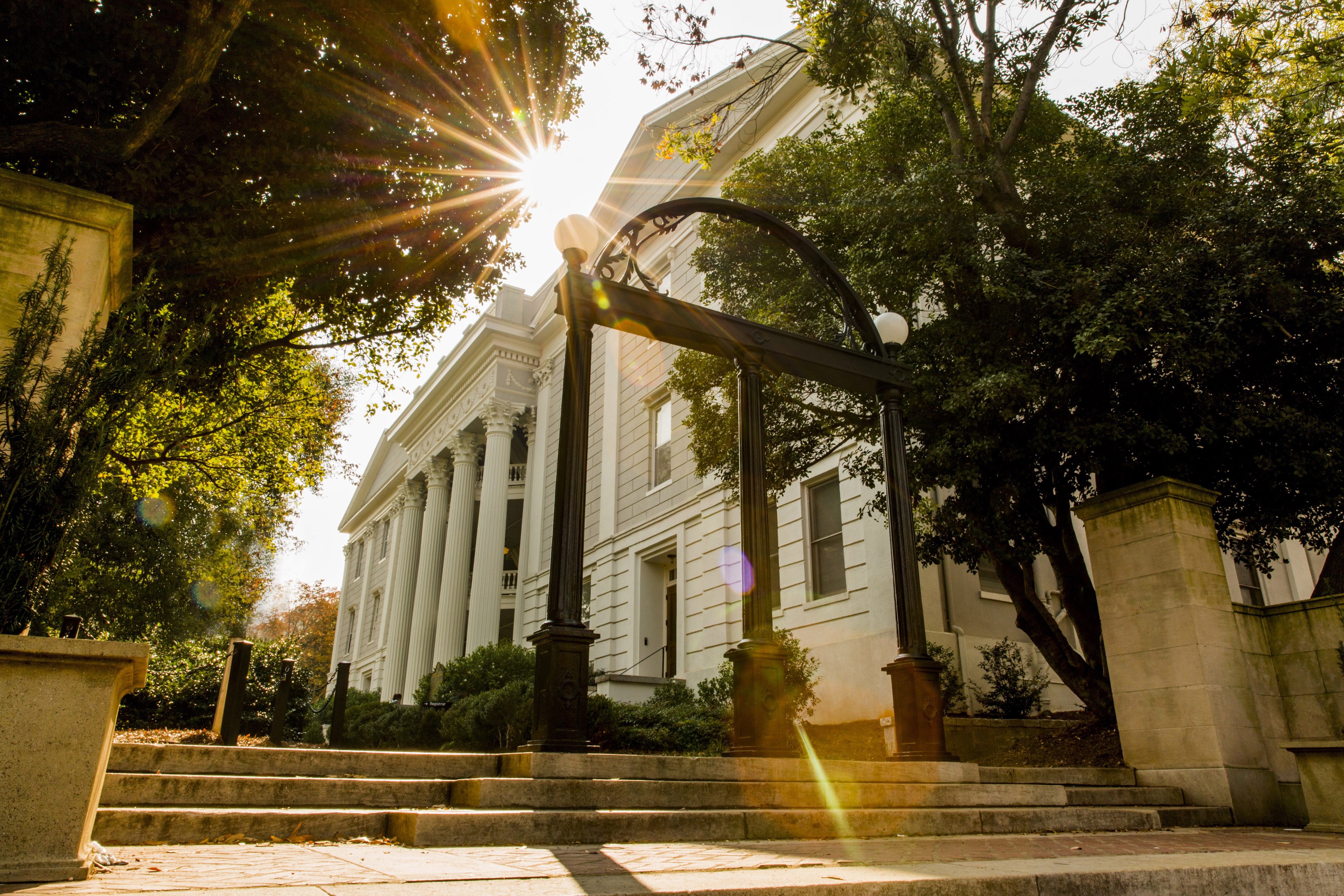Six University of Georgia faculty members have been named Fellows of the American Association for the Advancement of Science (AAAS), an honor bestowed by their peers for “scientifically or socially distinguished efforts to advance science or its applications.”
These six faculty members are among 416 new AAAS Fellows who will be presented with an official certificate and a gold and blue—representing science and engineering, respectively—rosette pin on Feb. 16 at the AAAS Fellows Forum during the 2019 AAAS Annual Meeting in Washington, D.C. Their induction will bring the total number of AAAS Fellows at UGA to 48.
“I know from experience that this is highly gratifying recognition by one’s own peers,” said David Lee, UGA vice president for research. “Faculty recognized in this way have contributed substantially to their fields over a sustained period. I congratulate them on this major milestone.”
The 2018 AAAS Fellows are:
Karen J.L. Burg, professor and Harbor Lights Chair in Small Animal Studies at the College of Veterinary Medicine, a bioengineer whose work focuses on absorbable polymers, biofabrication and tissue engineering. Seven of her inventions have been patented, one of which is the basis of a biomedical company that builds 3D tissue models with a patient’s own tumor cells. The 3D tissues are used to test treatment options and identify “personalized” cancer therapies. Burg is noted for contributions in biofabrication development, commercial translation of predictive diagnostics tissue test systems, and exemplary service to the scientific community.
John Drake, Distinguished Research Professor in the Odum School of Ecology and director of UGA’s Center for the Ecology of Infectious Diseases, a globally recognizedauthority on the ecology of infectious diseases. Drake conducts research in the interdisciplinary field of population biology, crossing boundaries between ecology, evolutionary biology and epidemiology. He is noted forcontributions to ecology, particularly using experimental ecosystems to illuminate processes involved in population dynamics and developing of mathematical models of infectious disease transmission.
Xiaorong Lin, Gene E. Michaels Professor in Medical Mycology at the Franklin College of Arts and Sciences and Burroughs Wellcome Fund Investigator in Pathogenesis of Infectious Disease, who studies the molecular mechanisms of fungal pathogenesis and microbial development. Her long-term goal is to advance knowledge about eukaryotic microbiology and to seek better approaches for the management of fungal diseases. Sheis noted for contributions to the field of microbial development and pathogenesis, particularly for using fungal systems to answer important questions in eukaryotic biology.
Pejman Rohani, professor with a joint appointment in the College of Veterinary Medicine and the Odum School of Ecology, who focuses on the transmission, evolution and population dynamics of infectious diseases. He combines the analysis of existing data and data mining with mathematical and computational models to create biological models describing the transmission of a disease or infection. Rohani, editor of a forthcoming book on pertussis, is noted for contributions to the field of infectious disease dynamics, epidemiological theory and modeling, and model-based enquiry.
Eric V. Stabb, professor of microbiology at the Franklin College of Arts and Sciences, who researches host-microbe interactions and bacterial cell-cell signaling. He studies the light-organ symbiosis between the bioluminescent bacterium Vibrio fischeri and the squid Euprymna scolopes as a model for natural bacteria-animal interactions. Stabb often develops genetic and genomic tools for V. fischeri and is noted for discovery and analysis of regulatory proteins that control bacterial-squid symbiosis and bioluminescence, and for work on a tractable animal microbiome.
Kathrin F. Stanger-Hall, associate professor of plant biology at the Franklin College of Arts and Sciences, who explores questions about animal communication using fireflies as a model system. She uses phylogeny-based approaches to study the evolution of signal phenotypes and the production and reception of light signals under different environmental conditions. Stanger-Hall is noted for contributions to interdisciplinary undergraduate science education, evolution, and faculty development, particularly promotion of critical thinking in undergraduate education.


